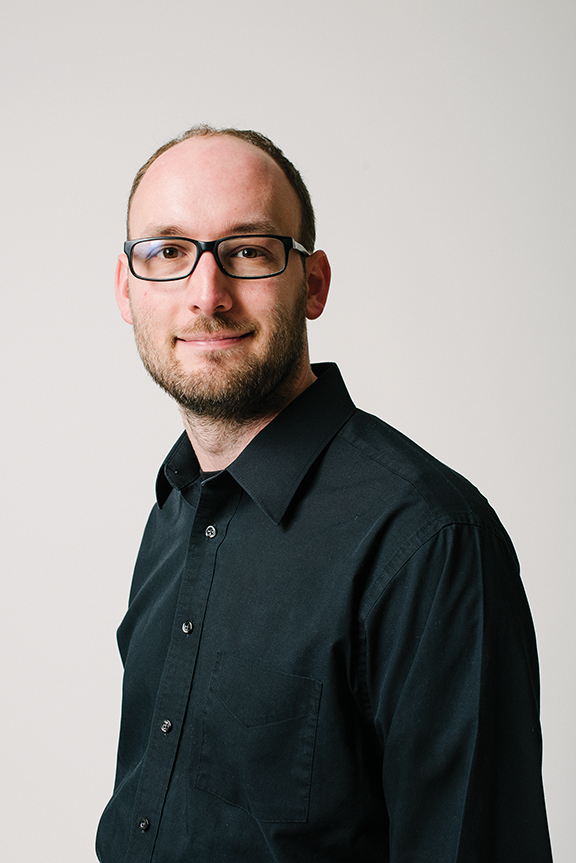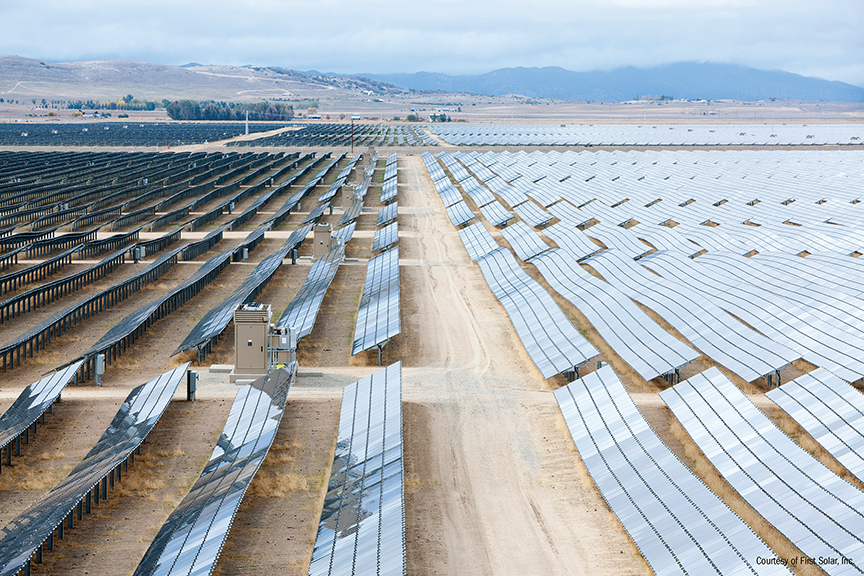Daniel Brinkman
Researching Solar Cell Behavior
 Daniel Brinkman was interested in electronics from a very young age. “I think I was
the only kindergartner who listed ‘electrical engineer’ as my future job,” he says.
Daniel Brinkman was interested in electronics from a very young age. “I think I was
the only kindergartner who listed ‘electrical engineer’ as my future job,” he says.
Later in his academic career, with guidance from research supervisors Peter Olver at the University of Minnesota and Peter Markowich at the University of Cambridge, he discovered that his favorite part of engineering was physics, and that his favorite part of physics was math.
“Without their support and guidance,” he says, “I would not be where I am today.”
Today, Brinkman is integrating math, engineering, and technology in his research into solar cell behavior. Collaborating with Arizona State University students and faculty, and with First Solar, a prominent manufacturer of solar panels, he seeks to predict how well solar cells will perform over vastly different time scales. The team has developed mathematically driven physical models to understand the cells’ behavior, rather than relying solely on the statistical analysis of expensive data.
This current project is coming to a close, but Brinkman is looking ahead to the possibility of exploring how one solar cell technology might be more valuable than another in a specific location, or how to optimize the characteristics of different solar cell devices for specific installations.
“Renewable energy is the future and there are many opportunities for researchers to apply mathematics to industrial applications in ways that will reduce costs and improve efficiency.”

Cadmium telluride solar cells at the 550 megawatt Topas Solar Farm in San Luis Obispo County, California. Photo courtesy of First Solar, Inc.
Department of Mathematics, College of Science
Sponsor: U.S. Department of Energy
SJSU Research Foundation 2019 Annual Report